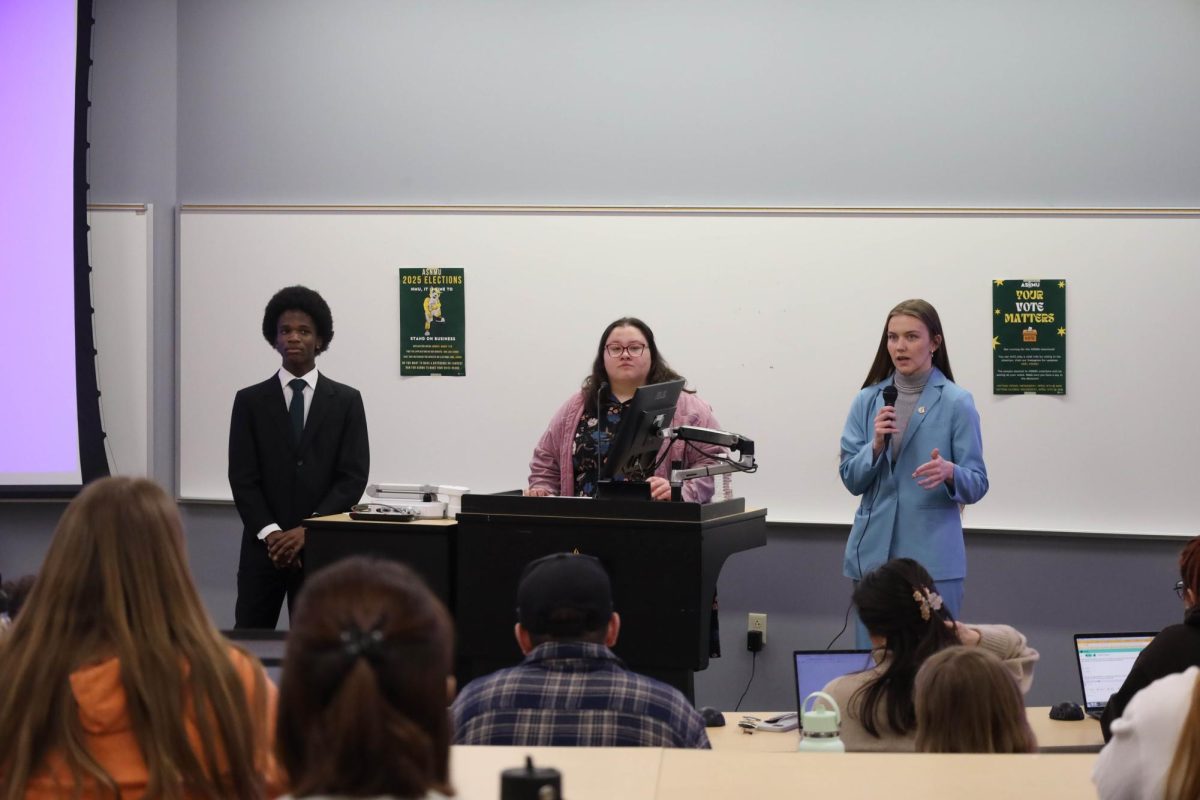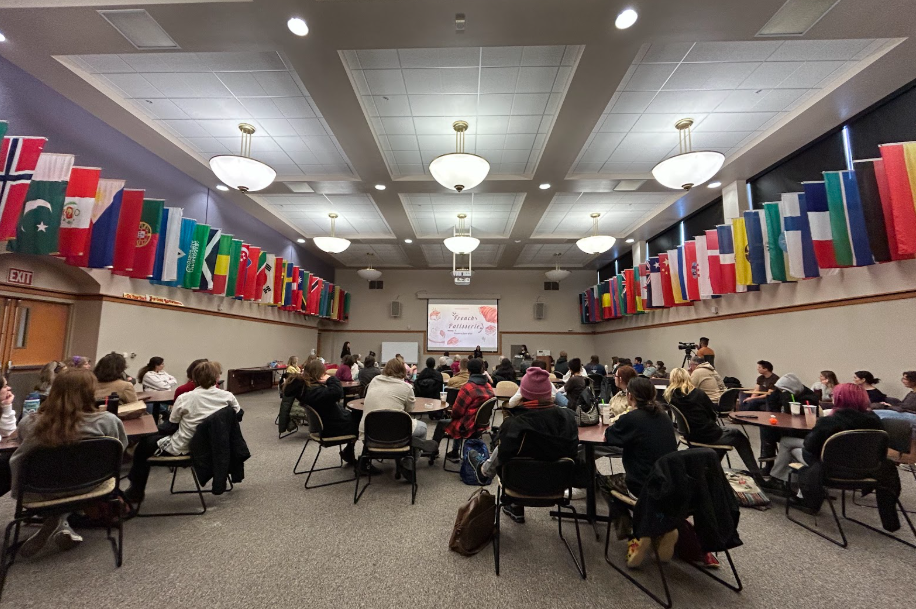A recent study found that students who are tested more often tend to retain more information than students who don’t take as many tests.
The study was initially published in the “journal Science” and was then covered by the New York Times. The new research showed that tests do not simply measure what people know; they help students learn as well. Researchers had students read a passage and either repeatedly study the information afterward, draw detailed diagrams or take a test on the material. The students who took the test recalled about 50 percent more of what they had learned a week later than students who used the other methods.
Michael Loukinen, a professor in the sociology department, shared this article with all NMU faculty through email.
Loukinen attended graduate school at Michigan State University and recalls classes being lecture and reading-oriented, with only a midterm and final exam each semester. When he began teaching, he followed the same format in his classes. Eventually, he began to increase the number of tests.
“I had noticed many years ago that in large lecture classes, the more frequently I gave exams, the more my students learned. I started giving a midterm and a final and gradually morphed into giving an exam every other week,” he said in his e-mail to faculty.
Loukinen hoped that increasing the number of exams would force students to keep up with their reading and thereby learn more.
“I teach huge intro courses. They do what almost all students just out of high school do, they read just before the exam. So now they read before eight exams,” Loukinen said.
He said giving frequent exams comes at a cost. He has around 150 students in his classes this semester, each of whom must take eight exams. The minor tasks associated with administering exams to so many students, like logging grades, dealing with occasional internet problems, and giving makeup exams, result in less time for Loukinen to plan lectures and research current events relative to his teaching curriculum.
“That’s the trade-off. Students don’t see it,” Loukinen said.
In the past, Loukinen had discussed frequent testing with former NMU psychology professor Steven Platt, who also gave frequent exams in his large classes. Both professors found that frequent testing seemed to have learning benefits. They planned to test the idea empirically, but Loukinen moved on from the idea when Platt retired.
Loukinen has experimented with other testing and learning methods in his classes as well, including technological methods. He has been working with software that identifies weak areas and gives immediate feedback to students about their performance. He believes technology like this is going to become more frequent in education.
“Given that we’re drifting toward an online educational system, I think that instant interactive feedback exams are the wave of the future. One way to simulate that in a class is giving more exams,” Loukinen said.
After reading the New York Times article, Loukinen was inspired to ask for feedback in class to discover what students thought would help them learn best.
“I’m listening to my students carefully; we’ve had extensive discussions about retaking tests. …. I’m experimenting for the first time in my intro classes with having students retake the first exam,” Loukinen said.
A junior in Loukinen’s SO101 course who requested not to be named disagrees with the idea of retaking exams.
“I think that a second test will only cause students to quickly review the portions that they did poorly on so they can get the questions right the second time for a better score without really learning more,” the student said.
Melissa Hill, an undeclared freshman who is also Loukinen’s student, feels otherwise. She studied for the first exam and the retake equally, but on her second attempt her grade increased by 15 percent.
“I did exceptionally better on the second exam. … I did feel like I knew the material better the second time as well,” Hill said.

























